Paralympics Australia has released a new guide to ensure a level playing field for people with a disability wanting to get involved in sports.
The Universal Design Guide for creating Inclusive Sport in Australia is aimed at promoting accessibility, inclusivity and equal opportunities within the realm of sport and recreation.
The guide will now be a valuable reference for sports’ representative bodies adopting inclusive practices, as well as sport clubs and venues that want to get started on the journey.
Paralympics Australia Mentoring Program Manager Sarah Stewart said the project was based on feedback from Para-athletes at all stages of their journey and those that work in the sporting sector.
“It is designed to be useful if you need some quick information in one or two areas through to thinking more broadly about universal design in all aspects of our work,” Stewart said.
“The Universal Design Guide addresses the ‘who, what, when, where, why and how’ of inclusivity in sport.
“It helps people be more confident communicators by using the right language and it provides practical guides and tools for holding meetings, developing strategies and plans, and communicating with others.”
The three-time Paralympian said the document was an important piece in adjusting mindsets to be more inclusive wherever possible.
“We ask everyone to flick through it, use it, jump in and out of it, share it – and provide us your feedback on what works well, what could be improved and what else would be useful to you in the future,” she said.
“Start by regularly asking yourself (and your team/club/workmates) ‘How might we be more inclusive?’”
The guide addresses structural, process and attitudinal barriers to inclusivity and universal design and comprises of:
- Definitions of accessibility, inclusivity and universal design
- How to adopt an inclusive mindset and language
- Motivating case studies
- Focus activities for universal design
- Practical guides for: hosting a universal design kick-off meeting, developing inclusive strategy, producing accessible documentation and designing accessible inclusive digital experiences.
The team from research and design agency Ellis Jones worked with Paralympics Australia to bring the Universal Design Guide to life.
Paralympics Australia Head of Strategy and Brisbane 2032 Coordination Geoff Quinlan said he was immensely proud of the work completed with Ellis Jones.
“The project team’s dedication to inclusivity has resulted in a guide that is not only comprehensive but also accessible and user-friendly,” Quinlan said.
“This project has significantly enhanced our ability to promote universal design principles, ensuring that all individuals, regardless of ability, can participate fully in our programs.
“This pivotal project will make a lasting impact on our organisation and the broader community and is just the start of our universal design journey”.
Rhod Ellis-Jones, of the agency, said the first guide took about eight months to complete, with a facilities guide underway and expected to be ready for publication later this year.
“In Australia, accessibility is increasingly considered by people who design, develop, and administer sports venues,” he said.
“It is enshrined in industry building codes and organisational policies and yet, accessibility is viewed as a minimum requirement, a cost, and therefore often not met.
“If we are to be inclusive, the experience of playing sport – from club communication and coaching to venue access and competition on the field – needs to be the same for everyone. We need to ‘design for everyone, everywhere, all the time’.”
Universal design originated in North Carolina to promote design of products and environments that appeal to all people.
Since its inception, it has been embraced by governments, institutes, engineers, architects, software developers and industrial designers across the world. Paralympics Australia is pursuing ways to make inclusive and universal design concepts accessible to sport organisations and clubs across the country.
Stewart said the process for designing the document itself used universal design principles in action to ensure the guide was as universally designed and accessible as possible.
“As a part of that process, the UD Guide was co-designed and tested with a wide array of people from different backgrounds and lived experiences and, specific to our sporting sector, from different sports and disability categories within those sports,” she said.
The guide is also a means by which Australia is meeting the commitment it made to the United Nations Convention on the Rights of Persons with Disabilities.
The Paralympics Australia Universal Design Guide for creating Inclusive Sport in Australia can be found here.
By Natalie McGarry, Paralympics Australia.
Published 12 June, 2024.


 Join AUS Squad
Join AUS Squad
